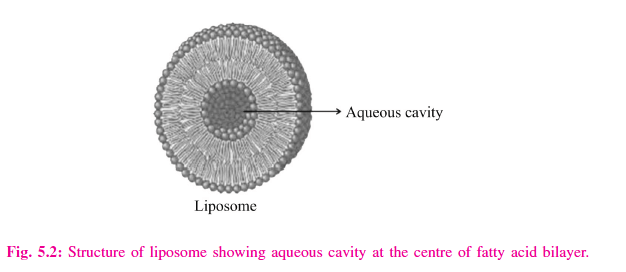Common Lipids And Their Functions
Triglycerides
A triglyceride (often called triacylgycerol) is a fatty acid trimester of glycerol. Triglycerides are important for human health in that they provide most of the lipids in our diet. Glycerol has three hydroxyl groups. Fatty acids can be attached at these three sites forming a triglyceride. One important characteristic of a tryglycerol is its state at room temperature. The degree of saturation and the length of their chains attached to the glycerol backbone both determine their state at room temperature.
1. Short-chain unsaturated triglycerides are liquid at room temperature.
2. Long-chain saturated triglycerides are solid at room temperature. Animal fats (lard) contain a high amount of saturated triglycerides while plant oils (vegetable oil) contain a high amount of unsaturated triglycerides. While neither is healthy when consumed in excess, vegetable oils are far healthier thanlard.
Triglycerides are the main storage forms of fatty acids
The triglycerides are esters of the trihydric alcohol glycerol and fatty acids. Mono- and diacylglycerols wherein one or two fatty acids are esterified with glycerol are also found in the tissues. These are of particular significance in the synthesis and hydrolysis of triacylglycerols.
The role of triglycerides in health
While fat may seem bad, triglycerides play many important roles in the body. For example, triglycerides can be used for energy storage in animals. This food reserve can be called upon during periods of starvation, with the high-calorie content of the fatty acids adding to the value of storing fat and providing much needed energy. In addition, triglycerides can provide insulation for animals in the form of body fat, which allows them to survive in colder temperatures. These two roles played by fat in the body, which arose over eons of evolution, are now deemed undesirable in modern industrialized society where humans no longer face starvation or have to deal directly with cold weather.
Phospholipids are the main lipid constituents of membranes
Phospholipids may be regarded as derivatives of phosphatidic acid, in which the phosphate is esterified with the OH of a suitable alcohol. Phosphatidic acid is important as an intermediate in the synthesis of triacylglycerols as well as phosphoglycerols but is not found in any great quantity in tissues. Amphipathic lipids self-orient at oil:water interfaces. They form Membranes, Micelles, Liposomes, & Emulsions (Figure 5.2). In general, lipids are insoluble in water since they contain a predominance of nonpolar (hydrocarbon) groups. However, fatty acids, phospholipids, sphingolipids, bile salts, and, to a lesser extent, cholesterol contain polar groups. Therefore, part of the molecule is hydrophobic, or water-insoluble; and part is hydrophilic, or water-soluble. Such molecules are described as amphipathic. They become oriented at oil:water interfaces with them, polar group in the water phase and the nonpolar group in the oil phase.

A bilayer of such amphipathic lipids has been regarded as a basic structure in biologic membranes. When a critical concentration of these lipids is present in an aqueous medium, they form micelles. Aggregations of bile salts into micelles and liposomes and the formation of mixed micelles with the products of fat digestion are important in facilitating absorption of lipids from the intestine. Liposomes may be formed by sonicating an amphipathic lipid in an aqueous medium. They consist of spheres of lipid bilayers that enclose part of the aqueous medium. They are of potential clinical use – particularly when combined with tissue specific antibodies – as carriers of drugs in the circulation, targeted to specific organs, eg, in cancer therapy. In addition, they are being used for gene transfer into vascular cells and as carriers for topical and transdermal.
